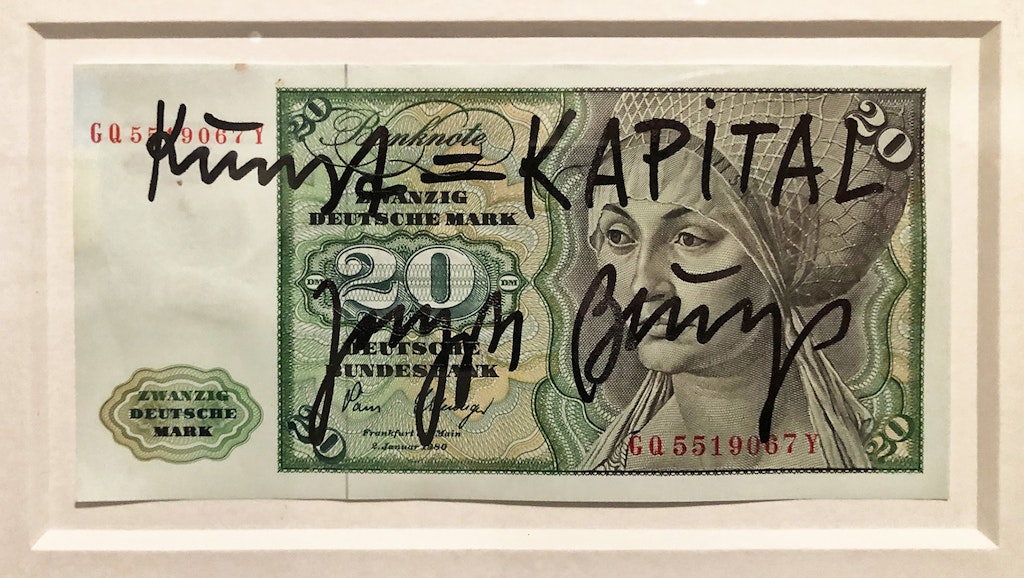The day after
Mourning that befits her memory
They didn’t stop the clocks or silence the phones. In fact, most of the people filing past Buckingham Palace the day after Queen Elizabeth died were constantly filming. The ninety-six-gun salute, which filled Hyde Park with a mist of gun smoke, romantically reminiscent of the ancient forests where Kings used to hunt, took place against a background of traffic noise. Royal shops were shut but London carried on. Near Green Park and Hyde Park Corner you were as likely to walk past people going to lunch as going to mourn.
In some ways the whole thing was very casual. Far from the era of grey suits and restrained expressions we are used to from photographs of former sovereigns’ deaths, the crowds were wearing anything and everything. It was impossible to spot who was a mourner and who a commuter. Tourists stood out, with their suitcases, many of them stopping here on their way to catch their flight, as did the men in tweed caps with tightly controlled moustaches walking at a good clip with their umbrellas. Many people turned up to queue outside the palace with small curly and fluffy dogs. A King Charles spaniel whined at people who got too close. All sorts of people were carrying flowers: least expected were all the stern looking men holding bunches of freesias or sunflowers. On any other day they might have been visiting their mothers. Security guards kept telling people to move back from the gates, but they were the only ones who were agitated. Everyone else was drifting in disbelief. Even some of the police looked sad.
When the guard left his sentry box and marched up and down the front of the Palace it was a strange act of continuity that seemed not to notice the crowds at the gate. That sort of thing is why they were there. The Blues and Royals rode past the queues, keeping impeccable time with each other. These are the King’s personal guard now, but they had a black bow tied on to their guidon. It is part of the strange cartoonish life of London that Guards regiments and the Household Cavalry march around the place with traditions and uniforms that seem more suitable to Napoleonic times, but today that sort of strangeness was quite normal. It had great purpose again. What else would you expect than to see a regiment formed out of the English Civil War trotting along Constitution Hill? The past loomed up and mixed among us all over the place.
The horses were headed for Hyde Park and the salute. I walked up from Victoria to hear the guns, each one more shuddering. The park was reasonably crowded. People gathered under the arch commemorating the Peninsular War. They say you could hear a pin-drop but that isn’t true. You could hear the traffic, rolling, scraping, tooting, and trundling around one of London’s busiest junctions. A nearby crane carried on working, undisturbed. The clank of scaffolding comingled with the boom of artillery fire. Although there were groups of people, there was also constant movement. Nothing keeps London still for very long. Even artillery. At the street corners people stopped and stared, but they soon went on. The traffic got impatient with pedestrians crossing against the light.
It was the Royal Horse Artillery firing the guns, which reverberated down to the platforms at Victoria Station. The guns are thirteen-pounders, the sort of equipment that was used in the First World War. What a remarkable thing that is, which we take for granted, that these are not the guns of August, the guns or war, or indeed the guns of a makeshift coup. The old order passes giving way to the new and the rest of the country carries on, enduring the traffic in T-shirts. Some people were rude about the Queen on Twitter, which is inevitable given the magnitude of her achievements, but most people got on with their lives, a much more fitting tribute to the woman who always worked. Once I left the park, it was London as usual: doormen in weird tailcoats, people drinking prosecco with lunch, taxis cutting up the busses.
That is Queen Elizabeth II’s legacy
That is Queen Elizabeth II’s legacy. She stuck it out without any fuss, and in doing so combined the new and the old. The jubilee might have been fun and kitsch with the marmalade sandwich and the corgi in the sky. But the real spectacle this year was the old Queen greeting the new prime minister. Everything QEII did, all those years of being good, contributed to the peaceful transfer of power being a simple, uncontroversial process. Even the Paddington skit.
She showed up, every day, and she never buckled under the pressure of events, personal or public. She did her work and she was almost blameless. She was so unassuming of her position she wanted to travel to London for the change of Prime Ministers, not wanting to make them travel to her, this week. That’s the legacy. That’s what really matters. That will continue to inspire people.
British culture is so infused with nostalgia and sentiment that this balance of the mystical and the practical becomes important. If we really had stopped the traffic and worn dark suits it would have been too much. The Queen created a mode of monarchy that balanced the nostalgic with the ordinary. That’s how London has reacted. She was always there, always steady, whatever else was going on, and it was the same today. God bless her. And God save the King.
Enjoying The Critic online? It's even better in print
Try five issues of Britain’s most civilised magazine for £10
Subscribe














